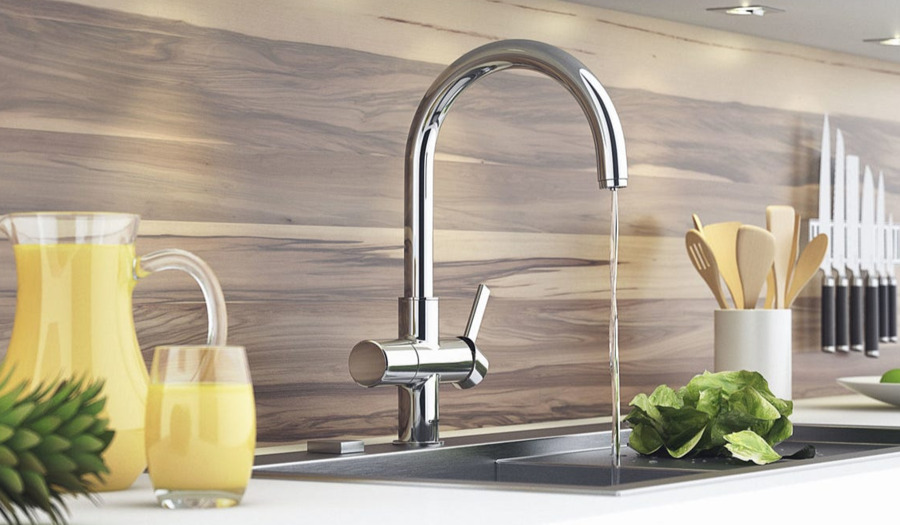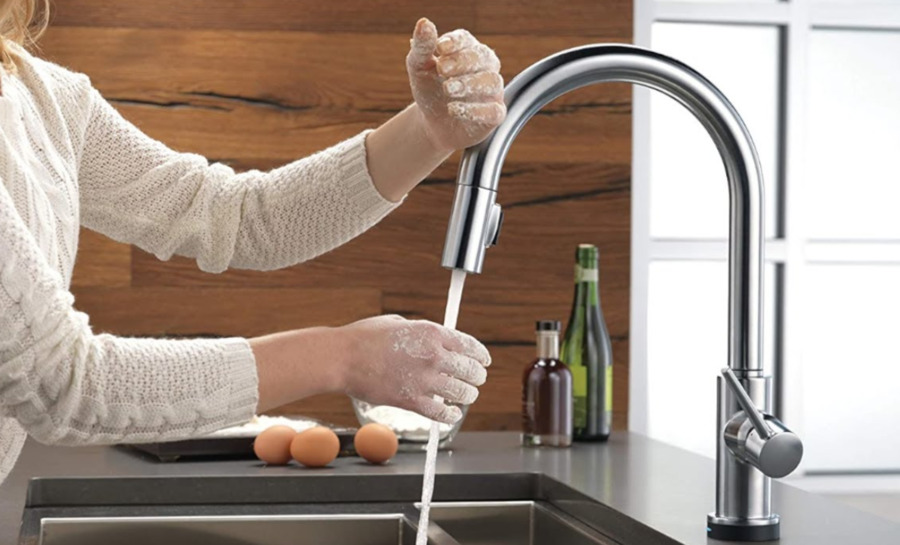Water, the cornerstone of life, undergoes a remarkable transformation before it cascades from our kitchen tap. This pivotal transformation involves complex filtration processes designed to ensure the water’s purity and safety. To ensure it satisfies severe health regulations, water is subjected to in-depth purification procedures that begin at its source and continue through complex treatment processes. This article sheds light on the intricate processes involved in water filtration, highlighting the journey from the source to the tap.
The Sources of Tap Water
The trip starts at the sources of the water, which are mainly groundwater and surface water. Surface water, gathered from lakes, rivers, and reservoirs, is open to pollution. On the other hand, groundwater is drawn from aquifers located far below the surface of the earth. Although it provides a more protected source, subterranean pollutants can still affect it. These sources might have varying starting qualities because of the impact of both human activity and environmental conditions. Therefore, thorough treatment is required to guarantee safety.

The Science of Water Filtration
Water filtration is a multifaceted process, incorporating:
- Physical Filtration: This initial stage involves sieving water through barriers to remove large particulates. The effectiveness of this stage is critical for protecting the more delicate processes that follow.
- Chemical Treatment: Water is then treated with specific chemicals designed to neutralize harmful substances and pathogens. Chlorine, for example, is widely used for its disinfecting properties, although alternatives like chloramine are gaining popularity for their longer-lasting effects and reduced taste and odor issues.
- Biological Processes: Targeting biological contaminants, this stage uses microbial processes to degrade or remove pathogens and organic materials, ensuring the water is safe for consumption.
The Stages of Municipal Water Treatment
The journey continues through municipal water treatment plants, where water is refined through several key stages:
- Coagulation and Flocculation: Adding positively charged chemicals causes negatively charged particles to coalesce into larger particles, or flocs, making them easier to remove.
- Sedimentation: The heavy flocs settle at the bottom, separating from the clearer water above, facilitating further purification.
- Filtration: The clear water is then passed through various filters, including sand, gravel, and charcoal, to remove smaller particulate matter and some dissolved chemicals.
- Disinfection: Finally, pathogens are neutralized or eliminated through the addition of disinfectants like chlorine or the application of ultraviolet light, ensuring the water is free from disease-causing microorganisms.
This meticulous process ensures that the water not only meets safety standards but also looks, smells, and tastes acceptable for consumer use.
Advanced Water Treatment Technologies
Emerging technologies offer additional layers of purification:
- Reverse Osmosis: This advanced filtration method uses a semipermeable membrane to remove ions, molecules, and larger particles from drinking water, effectively reducing the presence of salts, bacteria, and other contaminants.
- Activated Carbon Filtration: Leveraging the adsorptive power of activated carbon, this technique captures organic compounds and pollutants, significantly improving water taste and reducing potential health risks.
- UV Purification: Exposing water to ultraviolet light disrupts the DNA of bacteria, viruses, and other pathogens, rendering them harmless without the use of chemicals.
These state-of-the-art technologies address contaminants traditional methods may leave behind, ensuring exceptional water quality.
From Treatment Plant to Kitchen Tap
After treatment, water is stored in secure reservoirs before being distributed. It travels through an extensive network of pipes, maintaining its quality and safety, to reach homes. The integrity of this distribution system is vital to prevent contamination en route to the kitchen tap.

At-Home Filtration Systems
To further enhance water quality, many households employ supplementary filtration systems:
- Pitchers and Under-Sink Filters: Convenient and effective, these systems can remove any lingering chemicals, improving the aesthetic qualities of water.
- Whole-House Systems: For comprehensive protection, these systems treat all water entering a home, addressing concerns about contaminants affecting not only drinking water but also bath and shower water.
These systems act as a final safeguard, ensuring the highest water quality reaches the tap.
The Role of Water Quality Testing
Vigilant testing underpins the entire process, ensuring water quality remains high from source to tap. Municipalities perform regular comprehensive tests, but individuals can also conduct their own testing using readily available kits. These tests can identify a range of potential contaminants, including lead, bacteria, and pesticides, reassuring homeowners about their water’s safety.
Conclusion
The path from nature’s reservoirs to our homes is a testament to human innovation and dedication to health. As water winds its way through the natural and engineered purification process, it transforms into the pure, essential resource we rely on daily. Understanding this journey from source to tap not only cultivates an appreciation for the clean water we often take for granted but also underscores the importance of our role in safeguarding and valuing this indispensable resource. This narrative aims to illuminate the sophisticated efforts and technology involved in water treatment, encouraging mindful and responsible water use and conservation.
Biker, traveler, drummer, Bauhaus fan and RGD member. Performing at the fulcrum of beauty and mathematics to craft meaningful ideas that endure. Concept is the foundation of everything else.
